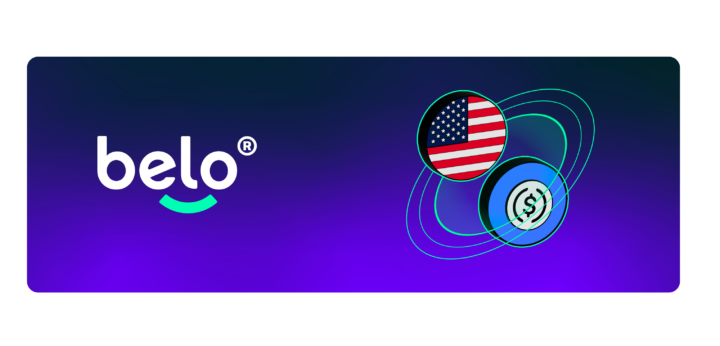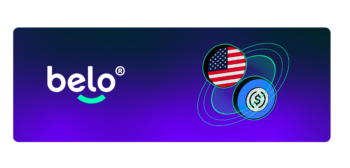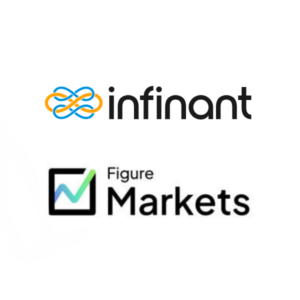I’m borderline obsessed with startup accelerator Y Combinator’s mantra: “Make something people want”. It seems simple enough, yet considering the high number of startups who build products in a vacuum just because the team is good at software development and design, it seems to be difficult. Yet it doesn’t have to be. All it takes is a little legwork out in the real world before you touch a laptop. If you want to make something people want, you have to ask them what they want. It seems simple, but few startup teams do this before they start developing their first prototype.
I’m in the process of building and launching the first product for my startup. As tempting as it is to start busting out late nights working on the first few features, I know better. After reading Eric Ries’ book The Lean Startup last year, I was scared out of ever working on a piece of software before validating the need with customers. He tells a great story about building software that nobody would use after his company dumped a significant amount of time and money into product development. It was devastating. Check out the story in one of his books or his talks.
Today, Eric Ries works with Silicon Valley veteran Steve Blank to make sure that no entrepreneur ever makes the same mistake. Together, they promote the customer development process. The first step is “get out of the office” to talk to potential customers. If you don’t ask people what they need, you’ll never know! Steve Blank calls this process “customer discovery”.
I’ve been spending the past month out in the arts community asking both independent and gallery represented artists what they need to help them earn more money and grow their audience on the web. It’s surprisingly hard to talk to nontechnical people about current digital tools. This is probably because I spend most of my time on Hacker News arguing with geeks. Getting out of the echo chamber of the startup industry has been refreshingly humbling. Here are some lessons that I have learned during my customer discovery that I hope you will consider if you are in the same phase of your startup:
1) Don’t use technical jargon or industry terms when talking with potential customers.
If you are making a B2B play, you might be able to use a few more technical terms, but in general, keep them to a minimum. One of the mistakes that I made in the beginning was using too many marketing terms, which alienated a few people before we could get into the conversation. Don’t assume that everyone knows or cares what “measuring engagement” or “social media optimization” means.
2) Get used to traveling. A lot.
While a phone call or an email exchange will do the trick sometimes, it is important to visit potential customers in their environment. This will help them develop more honest answers because they will be in a familiar environment, plus you’ll be able to pick up on nonverbal queues. Interviewing someone about what they need to do their job better works well in their workplace, because you’ll be able to use their environment to develop prompts on the fly based on what you see. For example, we are talking to artists in their work environments, which allows me to observe their studio and ask questions about how their fans can reach them and purchase their work if they are away from their computer all day.
3) Ask the right questions.
Come up with a hypothesis about what your potential customers need, then write it down and leave it at home. Ask the right questions that don’t lead to the answer you want to hear. Conversely, don’t be resistant to feedback that dismisses your hypothesis. If you are going to fall prey to selective listening, you are wasting everyone’s time. My hypothesis is that artists need a way to be found online without much effort on their part. I never ask the question outright, though. Instead, I ask questions like, “How much time do you spend promoting yourself online?” and “How do people find you online?” Based on these answers, I’ll adjust my hypothesis.
4) It’s a numbers game.
If you only talk to customers until you find that one person who magically confirms your hypothesis, you may only have one customer. Instead, make sure you talk to enough people to get full picture of what people need and want. Although it may feel like you have to start building your product right away or else you will lose your market opportunity, that is rarely the case. It’s ok to block out a few months before you start building to talk to customers.
I’ve often joked that people will have to pry my Macbook Pro out of my cold, dead hands. When you hang out in the startup scene, it feels unnatural to have a conversation with someone who doesn’t have a smooth silver screen propped up between the two of you. I’ve found that shutting off my computer and getting out into the world to talk to potential customers has been the best business moves I have made recently.
If you are not out there developing customers first, you might not have any when your product launches. Flip your screen down, put a decent looking shirt on, and get out there.









